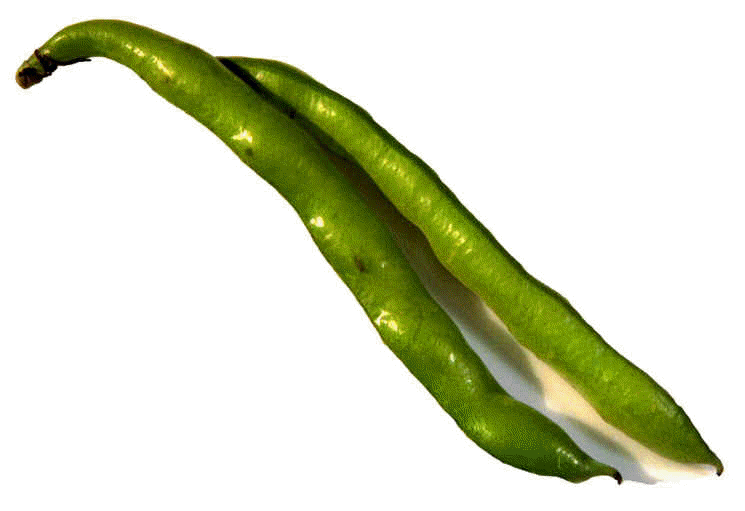 |
||
|
Its botanical name is "Vicia faba"is a legume There are many species of faba; however, the "faba major" is the bean most used. It grows in a long pod, like a giant green bean, with large, flat seeds inside. Similar in size to the lima bean and is native to the Mediterranean region, especially Italy and Iran. It is one of the oldest cultivated plants known, with its culture extending back to prehistoric times Fava beans are lower in indigestible sugars -- and in fiber -- than many other beans. It's just that until the discovery of the Americas, they were the sole representative of beandom in Europe. The Fava is said to have a positive health effect on people suffering from Parkinson Disease because it contains levodopa, the same chemical in Sinemet, Madopar, Dopar, Larodopa, and other levodopa-containing medicines used to treat PD. For some people fresh fava beans can be poisonous. This fairly common genetically transmitted condition, called favism, -- was recognized only at the turn of this century and has been explained fully just in the last decade. When scientists began to investigate favism, they found a genetically transmitted deficiency in a certain blood enzyme -- glucose-6-phosphate dehydrogenase (G6PD). In about 20 percent of the people with this deficiency, eating fresh fava beans can trigger a severe hemolytic anemia. Sufferers exhibit symptoms of jaundice and anemia and excrete blood in their urine. Even today, death follows for almost 10 percent of those who suffer this reaction, usually within a matter of days Fava pods with beans are a good source of iron, magnesium, potassium, zinc, copper, selenium, and many vitamins. The beans alone are also good - 3 ½ ounces (98 grams) of cooked fresh beans contain 56 calories, 20 grams carbohydrates, 5 grams protein, 2 grams fiber, and substantial amounts of iron, magnesium, and vitamin C. |
